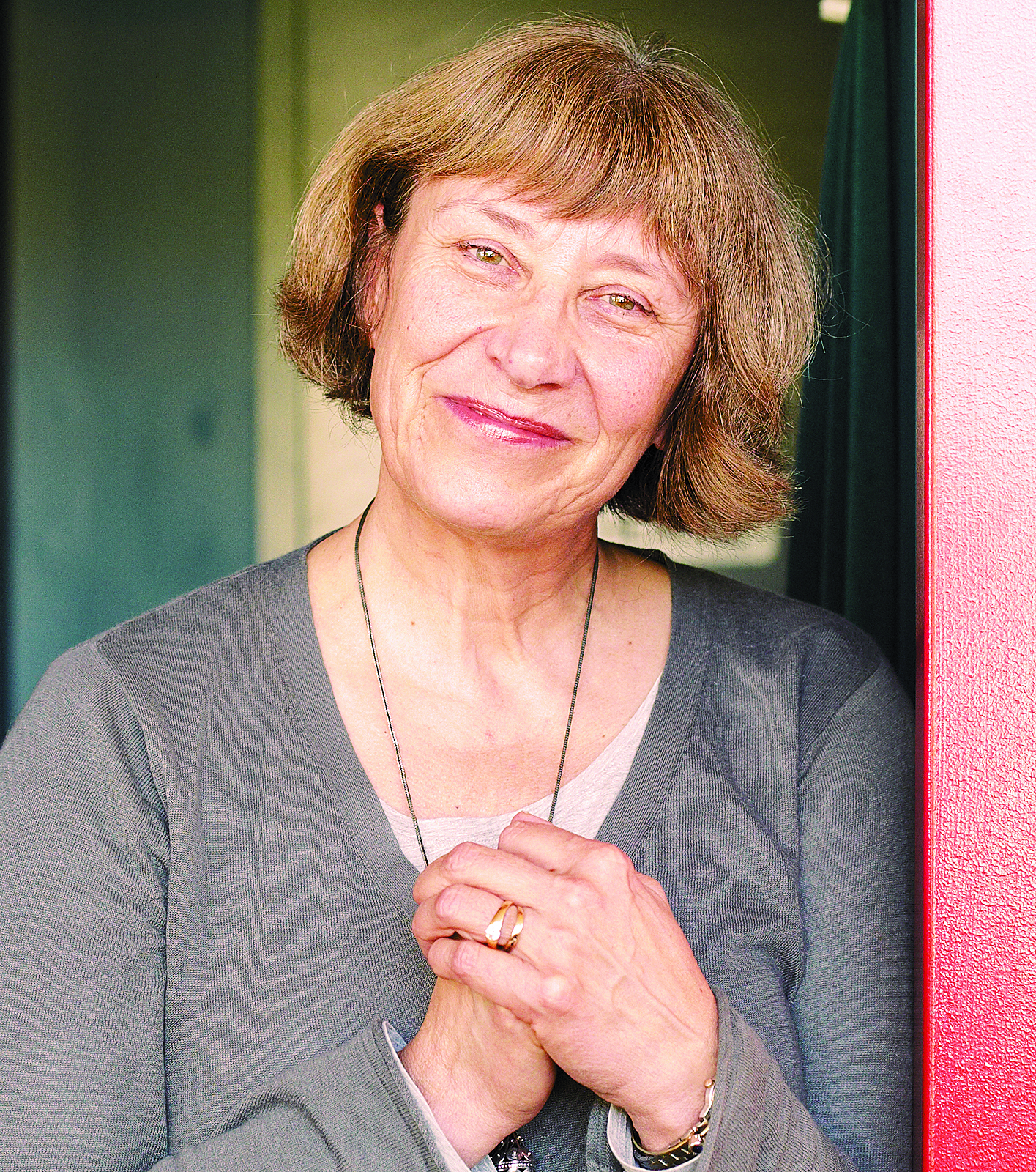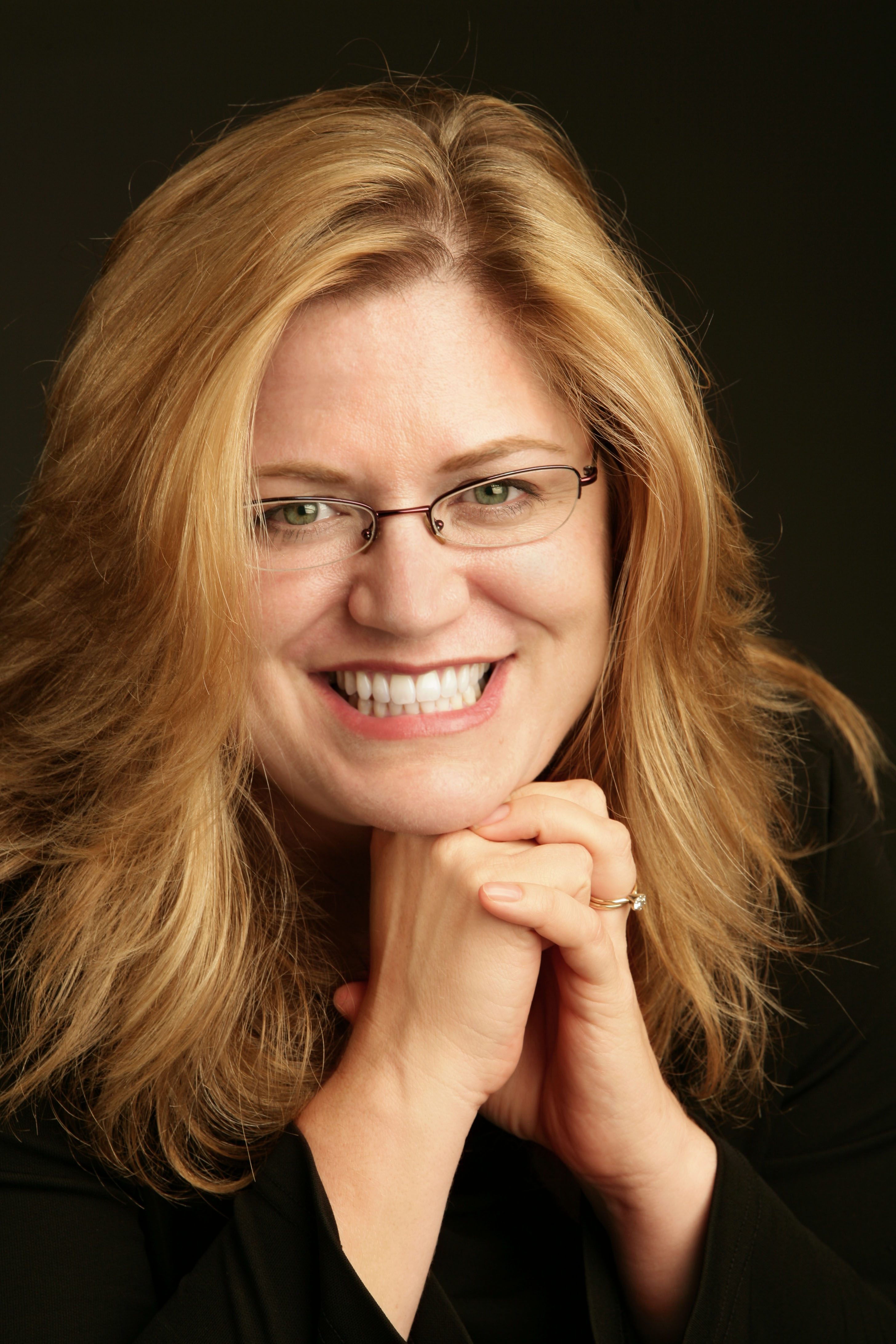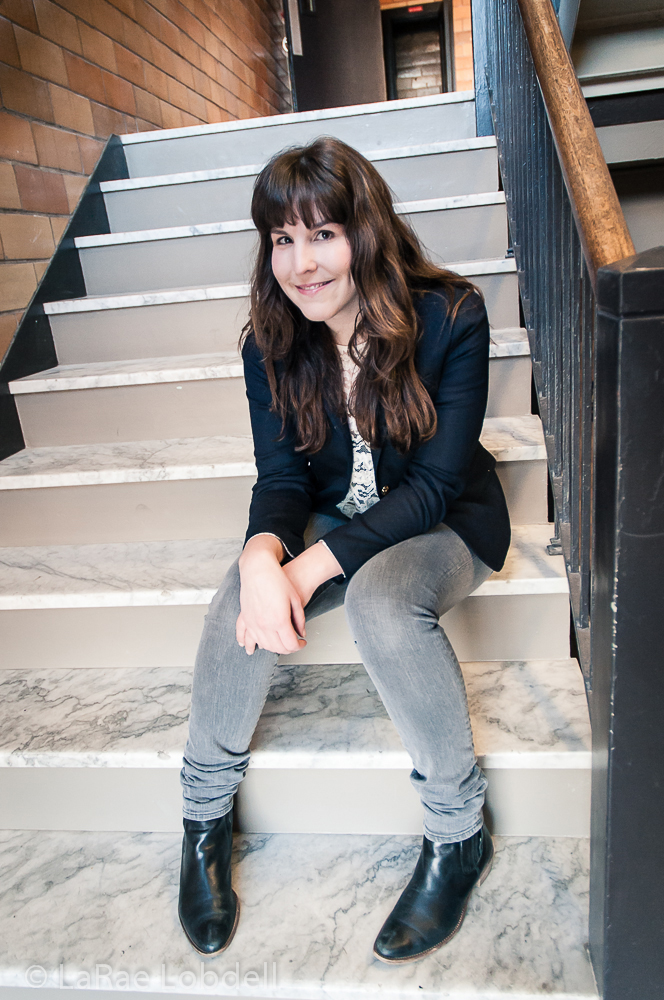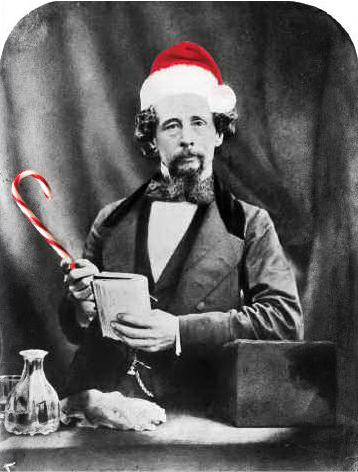Last January at the Seattle Rep’s superb production of August Wilson’s Radio Golf, I witnessed the return of a tradition I had thought was extinct in Seattle (and which is so rare, I haven’t seen it since). When the curtain went up and the audience saw the set, they gave it a round of delighted applause.
Some sophisticates see applauding the scenery as reflecting not well on the designer but poorly on the audience—it’s a provincial and rube-ish response to being wowed by cheap effects. But is it? What’s wrong with giving a hand to the offstage artists? Why should only the actors get the primitive, stirring praise of hands banged together? A set like the one for Radio Golf is a complete character all on its own, and in this case it was given a star turn.
Designed by longtime Wilson collabo- rator David Gallo, the set was a masterpiece of theatrical realism. Golf‘s action takes place in the neat, though dilapidated, campaign office of real estate developer Harmond Wilks, who’s returned to his now-blighted childhood neighborhood (Pittsburgh’s Hill District, where all Wilson’s plays are set) to run for mayor. To the side of the office Gallo placed a second room, a ruined and stained “before” version of the office that remained empty throughout the play. Gallo’s design brought an epic span to the intimate conversations between the characters, as well as a visible reminder that the underlying issue, political and spiritual, is who will own the future of the Hill District and, by extension, of African Americans.
When I spoke to the New York–based Gallo this past week, he was surprised to hear of the opening-night ovation for a set he’d seen through several incarnations before its arrival at the Rep. “It’s the curse of a designer; you’ve moved on by the time the party starts,” he said. Gallo doesn’t think it’s a sign of our provincialism that we gave his set a hand. But he is ambivalent about the Rep’s archaic use of a curtain, which he said, “is a bit rare for me. We didn’t have one at the Mark Taper in L.A., where I tried out this design earlier, for example. So it’s unusual to still do a ‘reveal,’ which is what we call the moment when your set is ‘discovered.'”
Gallo says that with his more realistic sets, he prefers no curtain. “Audiences wander into the theater and see the set, have their reaction one at a time. I feel that my work on Wilson’s plays is to draw the audience into its world as soon as possible, not give them some sort of ‘Wow!’ moment before the play begins. When I’m designing a musical, sure! I love that applause when the curtain goes up. But here I want the focus to be immediately on Wilson’s world.”
Gallo said he doesn’t feel slighted by his sets rarely receiving an opening round of applause. “When the actors take their bow, it’s as ambassadors for all the artists, onstage and off, who’ve created the evening.”
While I appreciate Gallo’s point, I find it charming that the Rep’s audience would show enthusiasm for such superb scenic work. Certainly I find it more palatable than the opening-night standing ovations that have become almost as obligatory as the after-show snack spread. And as long as institutions like the Rep are funded so generously, I’m all for seeing the results the minute the curtain goes up.
In the small black boxes of the fringe where I’ve done much of my own work, there’s a parallel tradition at a show’s end. After their bow, the actors raise their eyes to the light booth and give their own applause for the stage manager, the board operators, and by extension all of the artists who’ve made their work look and sound so good. It’s a gracious gesture, and one that seems not provincial but inclusive.







